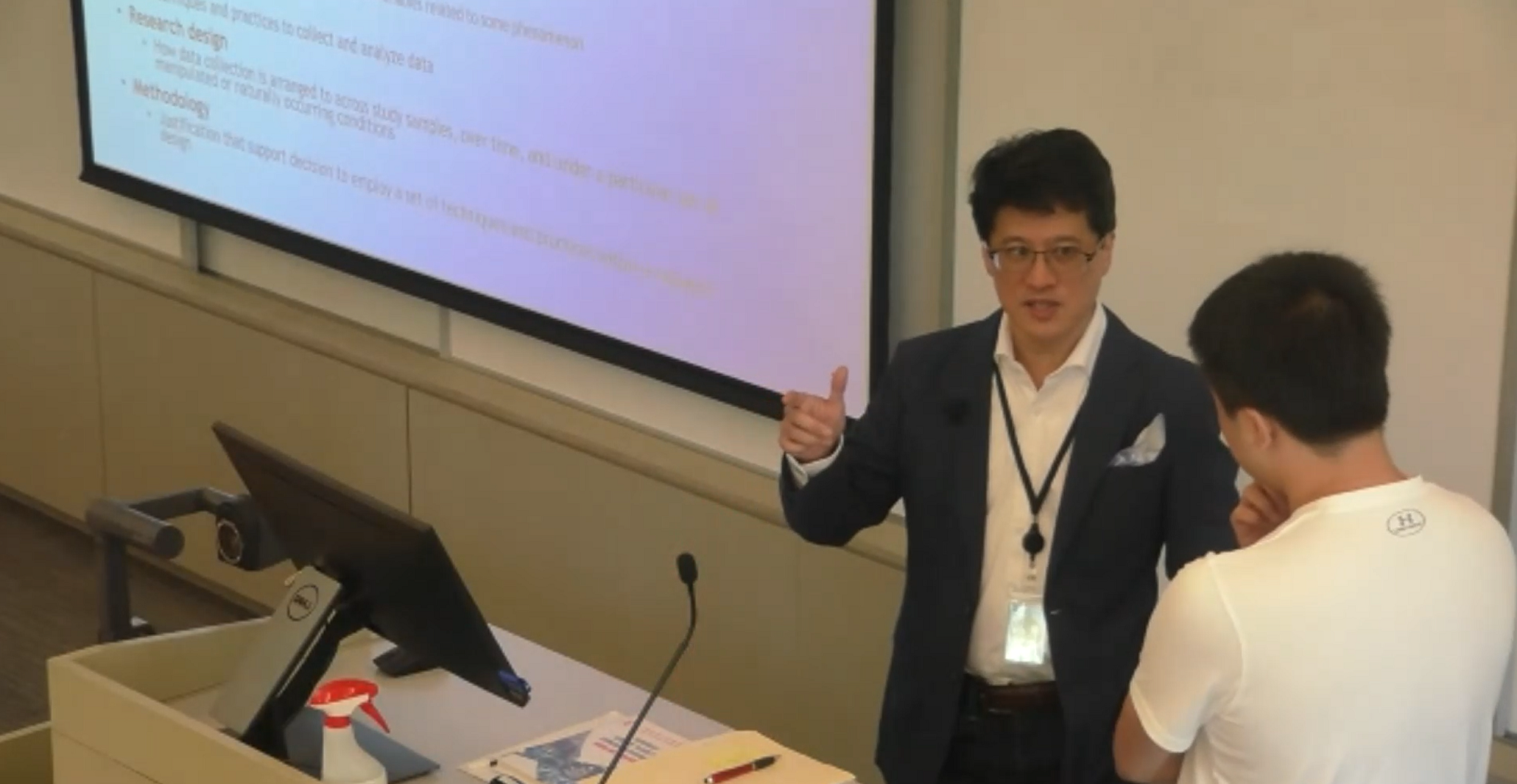These days I’m in an environment where I’m working with other management consultants, working with those formerly with other management consulting firms, and experiencing the second-order effects of management consultants currently in the business. Being immersed in all of this led to an interesting discussion on two "schools of thought" in management consulting regarding styles of either 1) laying out options for clients or 2) making recommendations. (I should note that by highlighting these two schools of thought, I don’t mean to imply that every engagement lends itself to one style or the other – for example, many implementation consulting engagements may simply be change management oriented or facilitative. Strategy engagements, on the other hand, typically lead to decision-making crossroads, etc. where a pre-dominant school of thought would play out).
Now sometimes people have drawn similarities between consultants and doctors in the way that advice should be dispensed. Now, I’m no medical doctor, but I doctors are typically trained to lay out options for patients, not to make decisions for them.
I am generally with that school of thought. That consultants should lay out options for clients with the qualitative and quantitative tradeoffs, risks, and benefits. It is the client’s responsibility to make a decision. In fact, some clients would be put off by an outsider telling them what they should do.
But I see that there is another school of though that depends on either the consulting partner leading the engagement or the client wishes. Frankly, some clients believe that if consultants work for them that the consultants should also state their own opinions on how to proceed, e.g., what would the consultant do if the consultant were in the client’s shoes.
This is delicate ground, but to be frank, I have at times stated my personal opinion while distancing my personal opinion from the facts presented. I also make sure to caveat my personal opinion with any biases that I may have, while also emphasizing that I have kept personal biases out of the analysis given to the client.
Maybe people have different opinions on how they’d like consultants to treat them. Or perhaps people have opinions on what they prefer doctors do when giving diagnoses. I have not seen any scientific analyses of how the school of thought I’ve presented affects client satisfaction or client propensity to enlist services from a consultant, but I would venture to say that perhaps I’m too old school on the consultant and doctor front.
